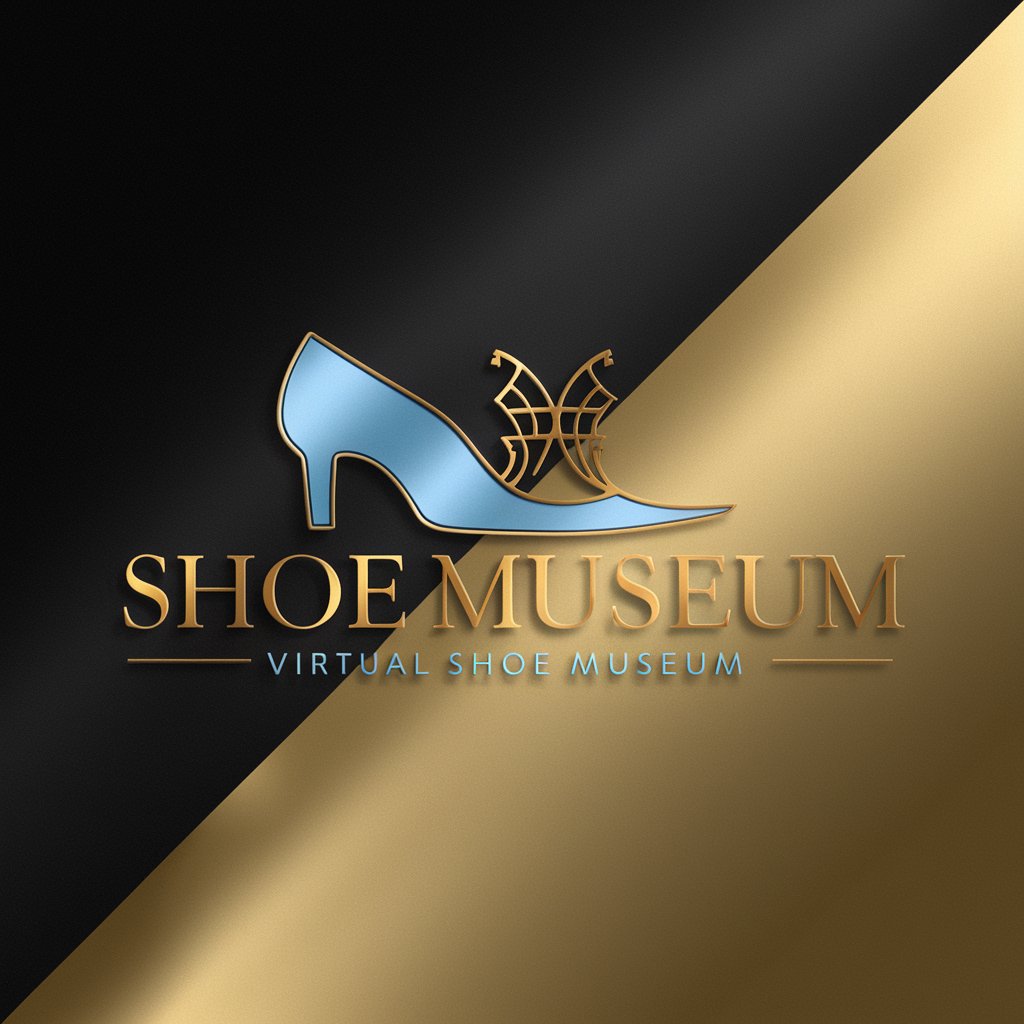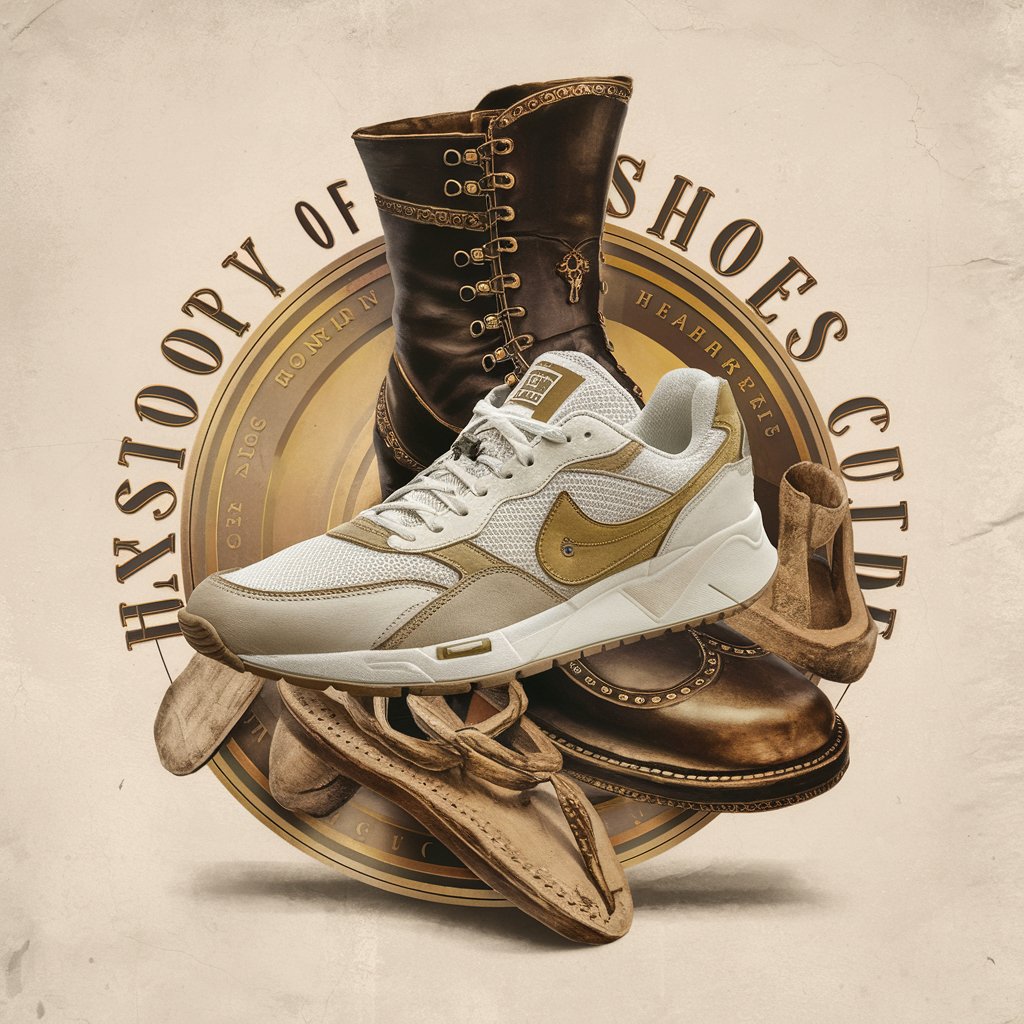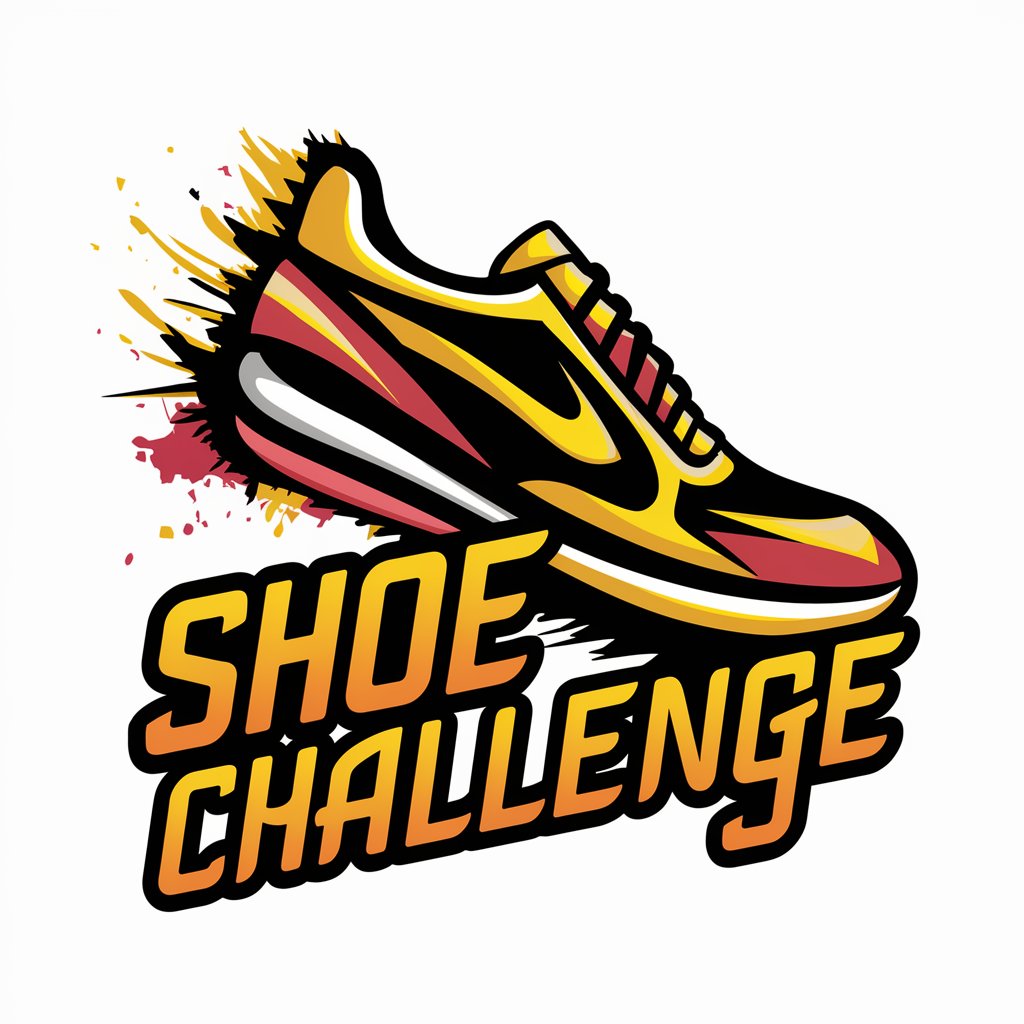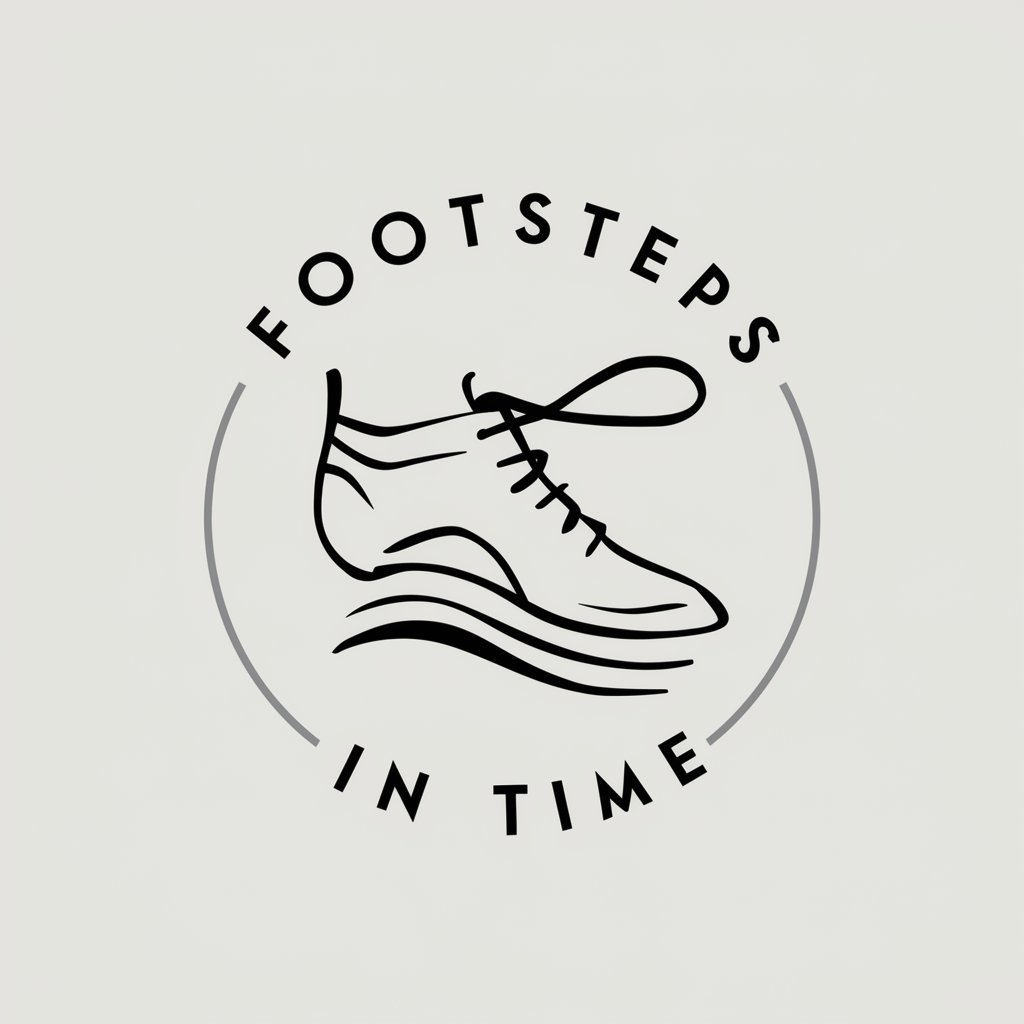
Shoe History - Exploration of Footwear History
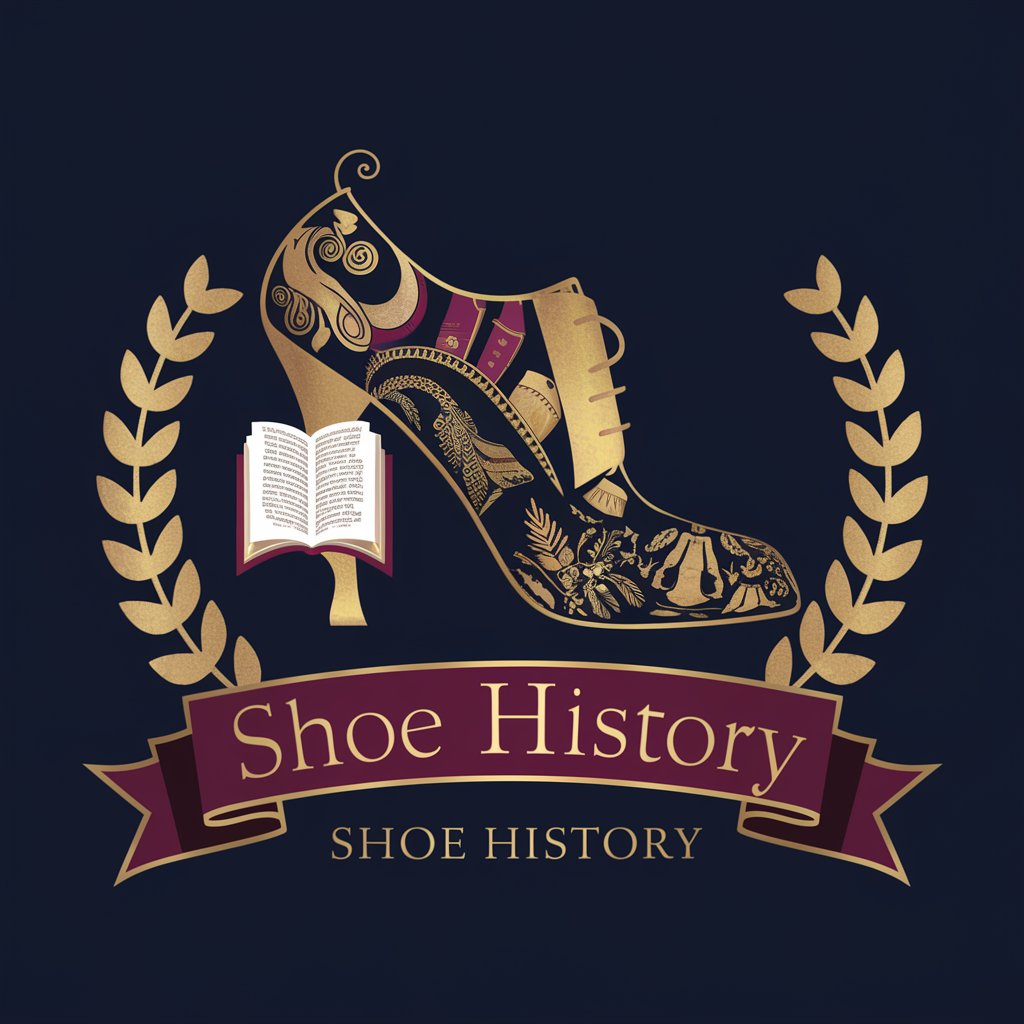
Welcome to Shoe History, your guide to the world of footwear's past.
Uncover the past, one shoe at a time.
Describe the evolution of
How did the design of
What cultural influences shaped
Can you explain the historical significance of
Get Embed Code
Exploring Shoe History
Shoe History is dedicated to exploring the rich tapestry of footwear's evolution over the ages. Its design is rooted in providing an educational resource that delves into how different cultures, eras, and significant events have influenced shoe design and functionality. Through detailed examinations of various types of footwear, from the sandals of ancient Egypt to the elaborate shoes of European royalty, Shoe History aims to enlighten users about the stories and symbols embedded in shoe designs. An example scenario illustrating its purpose might involve a detailed exploration of the introduction and evolution of the high heel, tracing its origins from Persian cavalry to a staple of modern fashion, highlighting the cultural exchanges and social implications behind its transformation. Powered by ChatGPT-4o。

Core Functions of Shoe History
Educational Resource on Shoe Evolution
Example
Detailing the progression of the sneaker from its inception as a simple rubber-soled shoe for athletes to becoming a symbol of youth culture and fashion.
Scenario
A user researching the impact of sports on popular culture could use this information to understand the social and technological advancements that influenced sneaker design.
Cultural Impact Analysis
Example
Examining how the chopine, a platform shoe from the Renaissance, reflects societal views on gender, class, and mobility.
Scenario
This function serves educators and students looking to explore the intersection of fashion and social hierarchy in historical contexts.
Design and Material Evolution
Example
Exploring the materials used in ancient footwear, such as the use of papyrus in Egyptian sandals, and how these choices were dictated by environmental and economic factors.
Scenario
Designers and historians can utilize this analysis to appreciate the historical constraints and innovations that have shaped modern shoe manufacturing.
Who Benefits from Shoe History?
Students and Educators
Individuals in academic settings who are studying fashion, history, or cultural studies would find Shoe History an invaluable resource for enriching their curriculum and research with detailed case studies and analyses of historical footwear.
Designers and Fashion Enthusiasts
Professionals and hobbyists in the field of fashion design can draw inspiration and knowledge from the evolution of shoe designs, materials, and their cultural significance, aiding in the creation of innovative and historically informed designs.
Cultural Historians
Those who delve into the cultural practices and artifacts of different societies will appreciate the insights Shoe History provides into the social, economic, and environmental factors influencing shoe styles and materials throughout history.

How to Utilize Shoe History
1
Begin your journey at yeschat.ai to explore Shoe History without the need for signing up or subscribing to premium services.
2
Identify your area of interest within shoe history, whether it's cultural significance, design evolution, or specific historical periods.
3
Utilize the search function to find topics or use directed questions to navigate through the vast information available.
4
For academic or research purposes, reference the historical data and contexts provided to enrich your studies or work.
5
Engage with the community by sharing insights or asking questions to further your understanding and appreciation of shoe history.
Try other advanced and practical GPTs
Shoe Repair Buddy
Your AI Expert in Shoe Repair

Shoe Collector
Optimize your sneaker collection with AI.

Shoe Game
Merge your sneaker passion with gaming.

Footwear Adventure
Elevate Your Adventure with AI-Powered Footwear Advice

Foot Biomechanics Buddy
Empowering Your Foot Health with AI

Foot Reflexology
Elevate wellness through AI-powered reflexology.
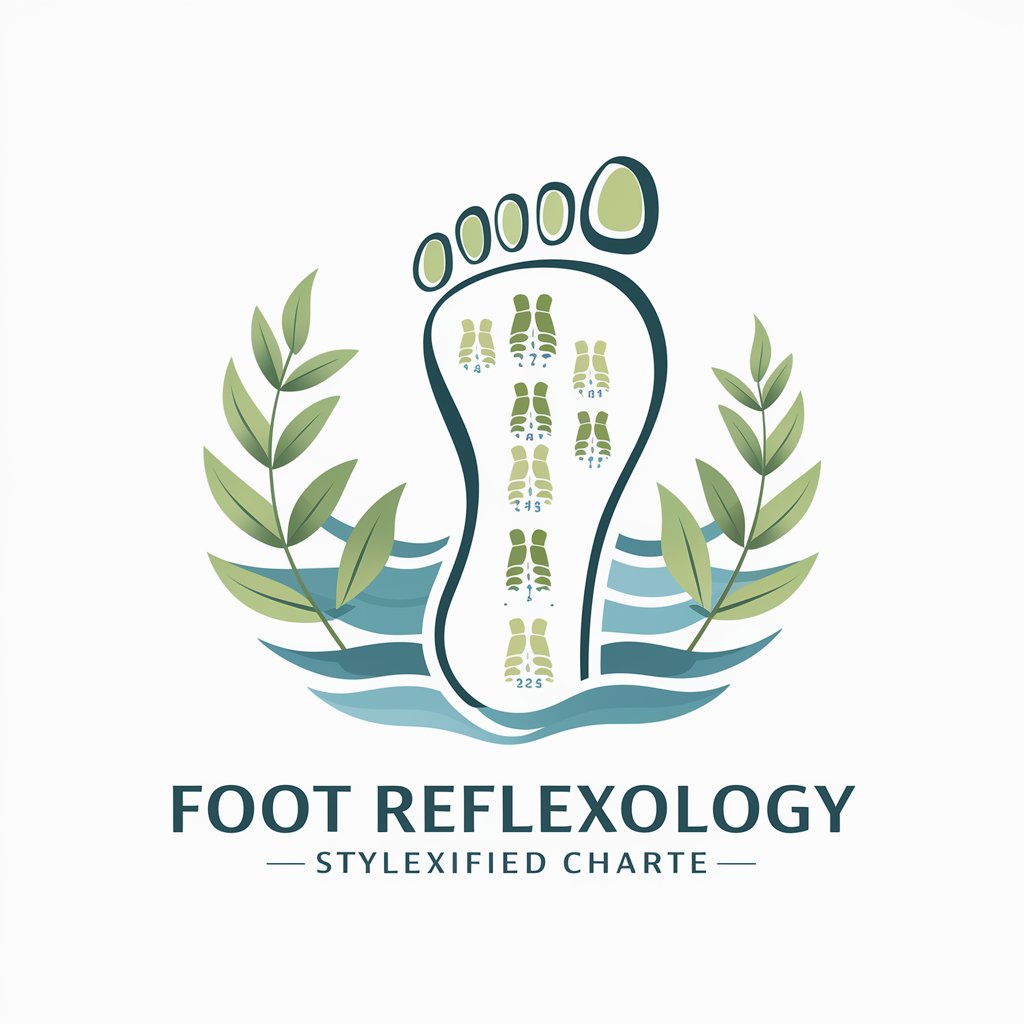
Shoe Matcher
Your AI-Powered Shoe Stylist

Footwear Quiz Master
Step into knowledge with AI-driven quizzes
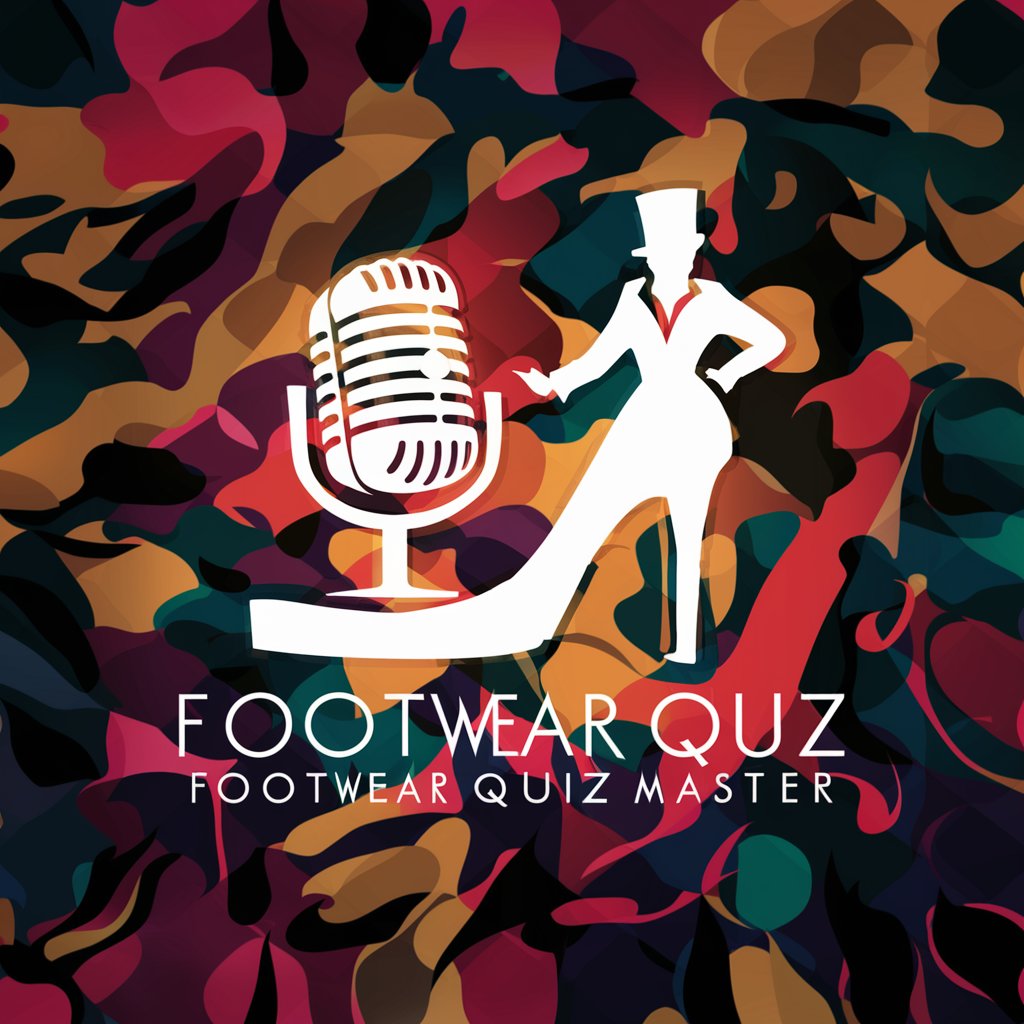
AI SHOE DESIGN HUB
Designing the future of footwear with AI.
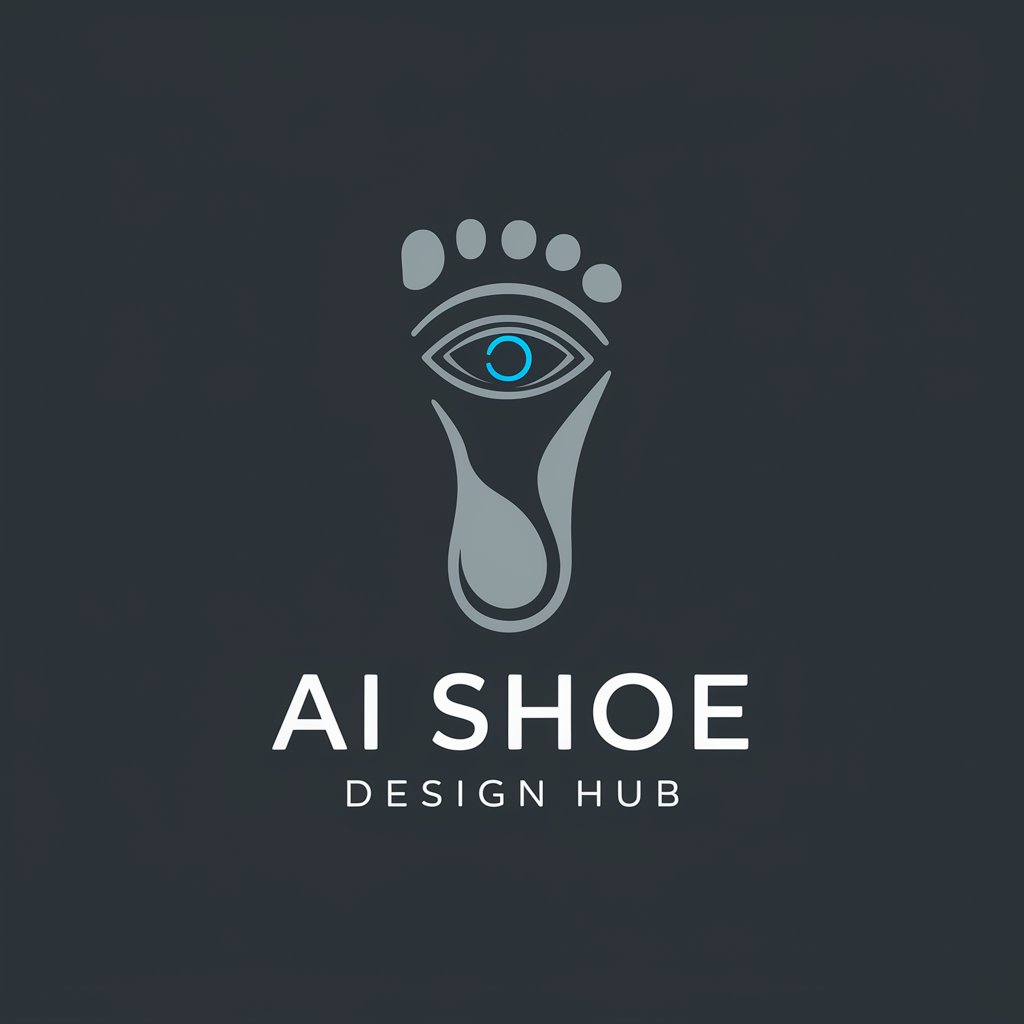
Discover Shoe-Related Foot Problems
Empowering foot health with AI insights

Shoe Review
Craft honest reviews with AI insights.
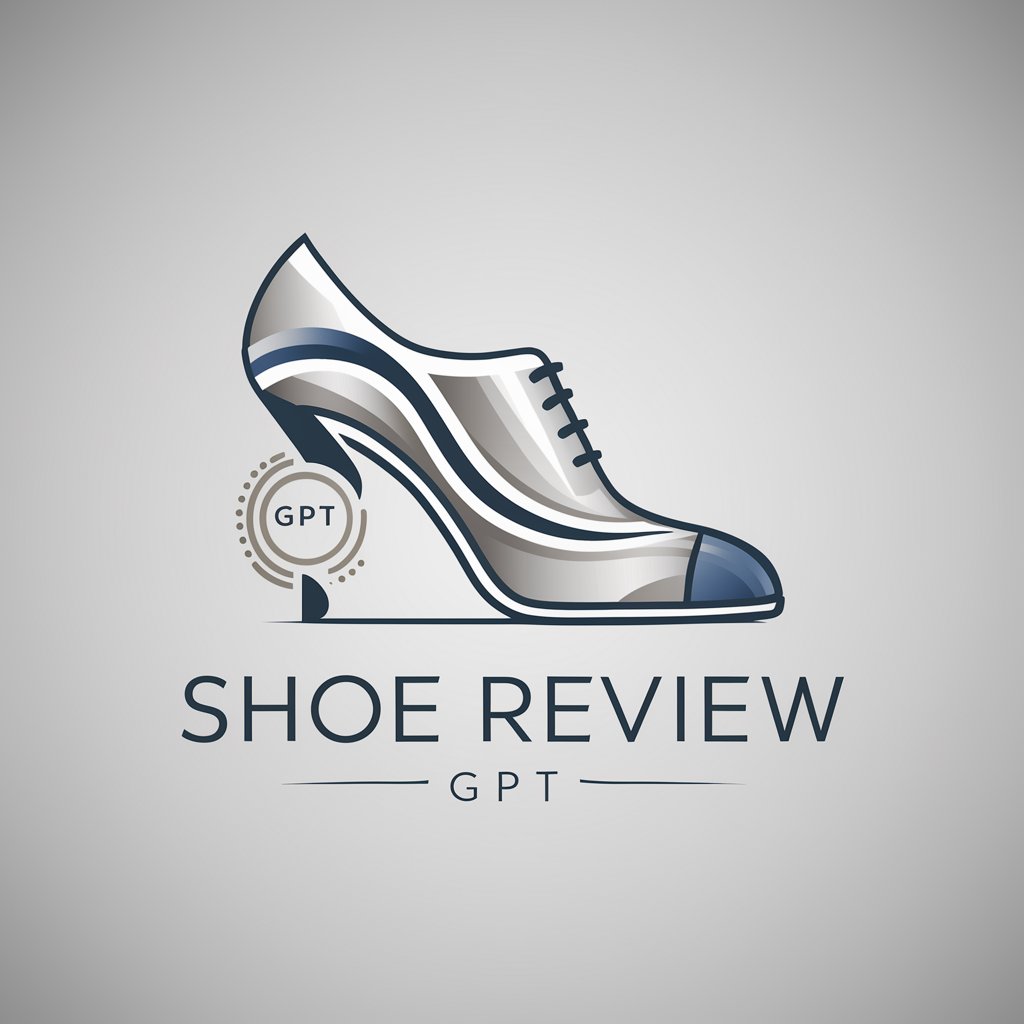
Shoe Finder
Find Your Perfect Shoes with AI
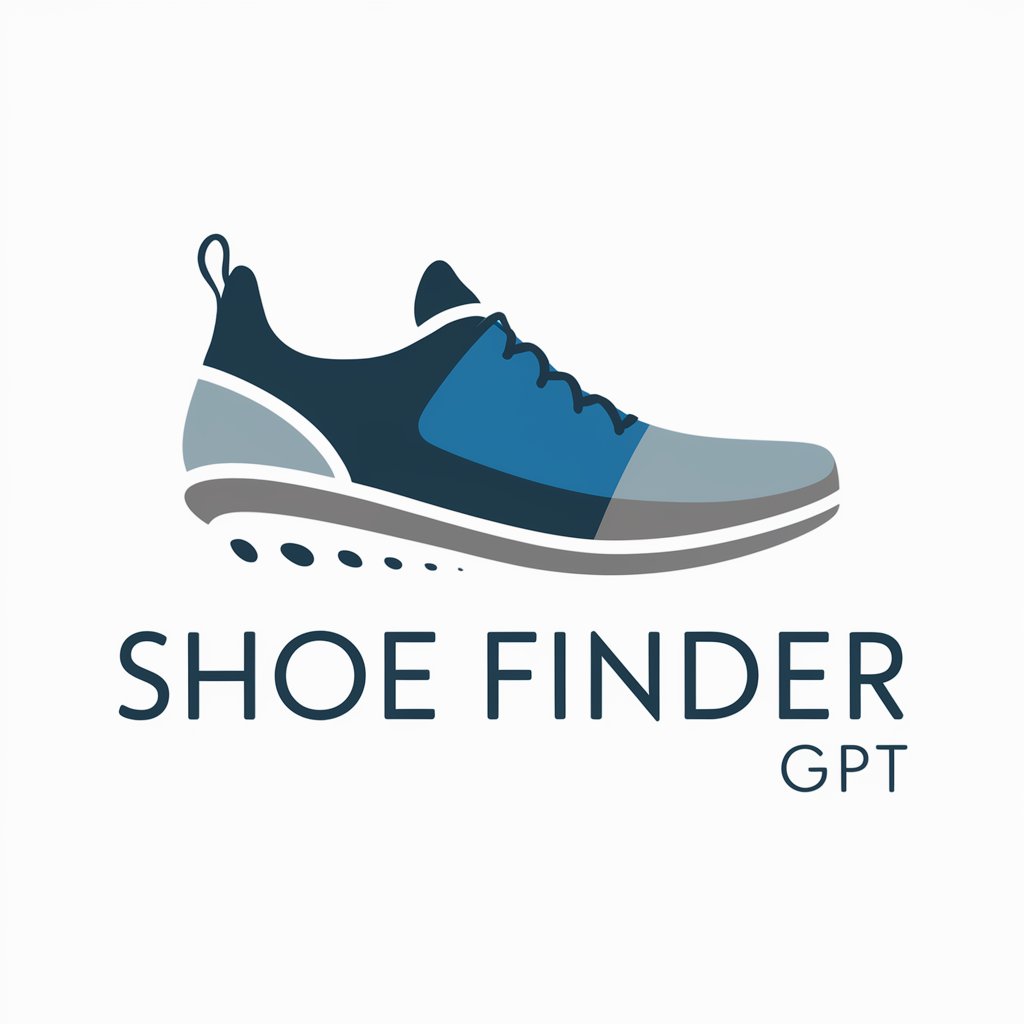
Frequently Asked Questions about Shoe History
What is Shoe History?
Shoe History is an AI-powered tool designed to explore the rich and varied history of footwear, focusing on cultural significance, design evolution, and the impact of historical events on shoe fashion.
How can Shoe History enhance academic research?
By providing detailed historical contexts, Shoe History aids scholars and students in understanding the significance of footwear in different eras, contributing to a more nuanced view of history.
Can Shoe History help with identifying the origin of specific shoe designs?
Yes, Shoe History offers insights into the origins and evolutions of various shoe designs, helping users trace back the influences and innovations over time.
Is Shoe History suitable for casual enthusiasts?
Absolutely, Shoe History is designed to be accessible and engaging for anyone with an interest in the history of footwear, offering a wealth of information that's both informative and entertaining.
How often is the content on Shoe History updated?
The content on Shoe History is regularly updated to reflect new research findings and to expand on the existing repository of shoe history, ensuring users have access to the most current information.

